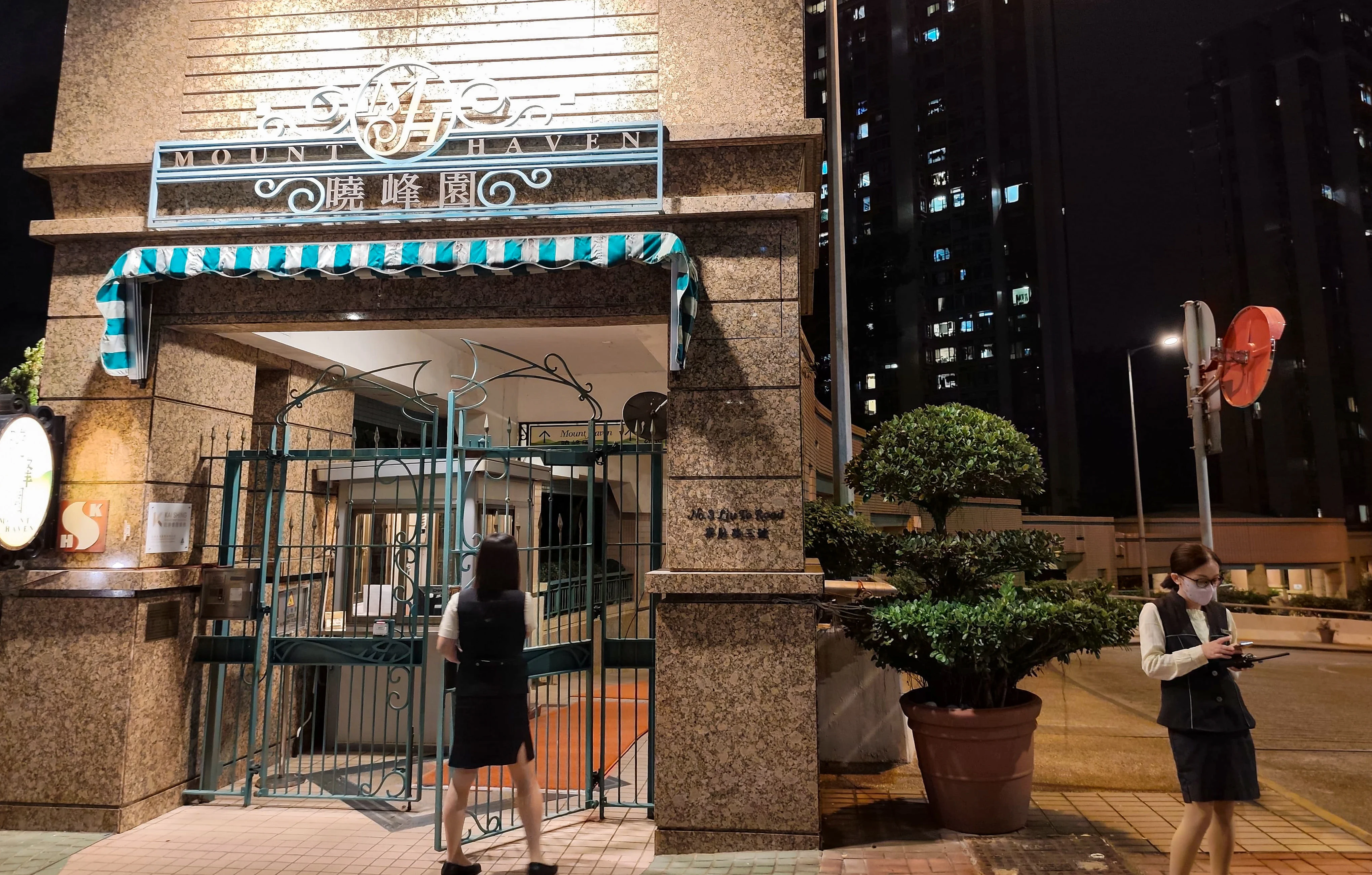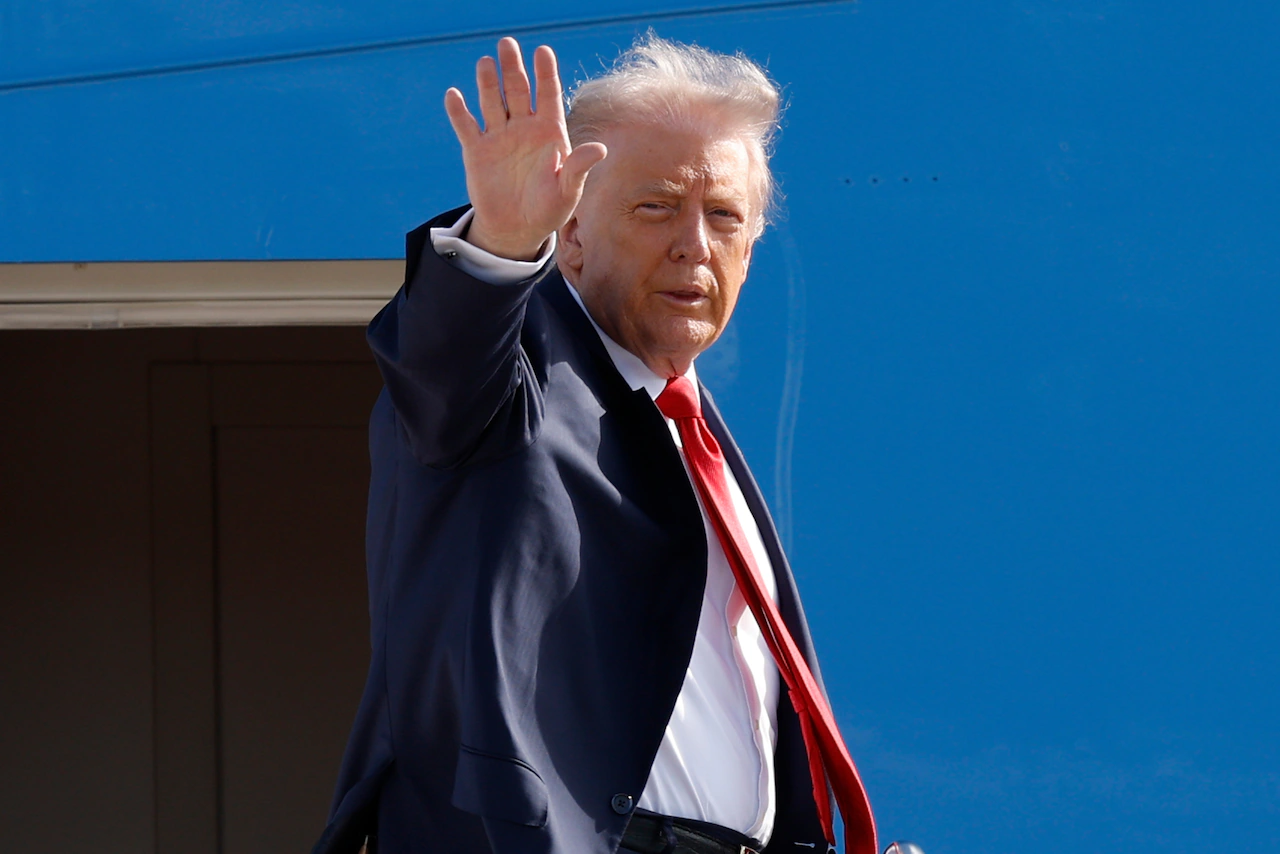Copyright scmp

Hong Kong reported its third locally acquired chikungunya infection on Monday, with health authorities saying that there could be a second source of the disease as this case was not related to the two detected earlier. Authorities said they would conduct health assessments on about 1,500 households near the patient’s home in Tsing Yi, but believed the risks of transmission were not high due to its early detection and weather conditions that were unfavourable to mosquito breeding. The Centre for Health Protection (CHP) on Monday said that the newly confirmed case was a 45-year-old man who lived in Mount Haven, a private housing estate in Tsing Yi, and works in Sheung Wan. Albert Au Ka-wing, the head of the centre’s communicable disease branch, said the man showed symptoms of fever and joint pains on October 30 and was currently hospitalised at Princess Margaret Hospital in a stable condition. The man had not travelled out of Hong Kong in the past three months. “He has also not visited the Fung Tak Estate in Wong Tai Sin, where previous locally acquired cases have been reported,” Au said during a press briefing. “The source of infection is currently undetermined.” He said the centre would conduct genome analysis on the new infection and compare it with the two locally acquired cases from Fung Tak Estate, as well as other imported ones, to investigate the source. Au said he believed there could be a second source of the disease as the new case was not related to the two other locally acquired infections recorded last week. An 82-year-old woman from Fung Tak Estate was reported on October 28 as the city’s first locally acquired case while the second, reported on Friday, was a 55 -year-old woman who is a staff member of a primary school in the area. Chikungunya fever is a viral disease transmitted by the Aedes aegypti mosquito, with an incubation period of about two to 12 days. Although rarely fatal, it can cause fever, rash and joint pain. Hong Kong has recorded a total of 55 confirmed chikungunya cases this year, including 52 imported and three local infections. However, Au said that with Hong Kong entering winter and rainfall decreasing, he believes the risk of transmission is “not particularly high”, as the patient was discovered early. He said the centre’s top priority was to conduct a large-scale mosquito control operation in the areas the patient visited during the incubation period. He added that the centre has already assessed more than 11,000 residents living near Fung Tak Estate in the past week, following the two locally acquired cases reported earlier. The results showed that 40 people had mild symptoms and 39 of them tested negative, with one still pending blood test results, he said. Au said that the mosquito infestation situation in the city had “notably improved” compared with a few months ago and the outbreak in the neighbouring Guangdong province was also declining. “We assessed over 11,000 people in the week and detected one potential case early, so we have time to carry out anti-mosquito operations,” he said. He said the two cases in Fung Tak Estate likely occurred before authorities carried out anti-mosquito work, and no new cases have been reported since. Dr Tonny Ng, the principal medical and health officer at the centre’s communicable disease branch, noted that the newly added case had visited places previously linked to imported infections. These include Mount Haven, where two imported cases live, the man’s workplace in Sheung Wan’s Shun Tak Centre and Kwai Chung Plaza. “The Food and Environmental Hygiene Department will strengthen mosquito prevention efforts in these areas,” he said. Ng also said that Mount Haven was surrounded by many housing estates and private residences. “The centre will conduct assessments on about 1,500 households in the coming days,” he said. Health authorities will also set up health stations at the three locations with nurses and doctors to provide consultation and conduct blood tests if necessary.



